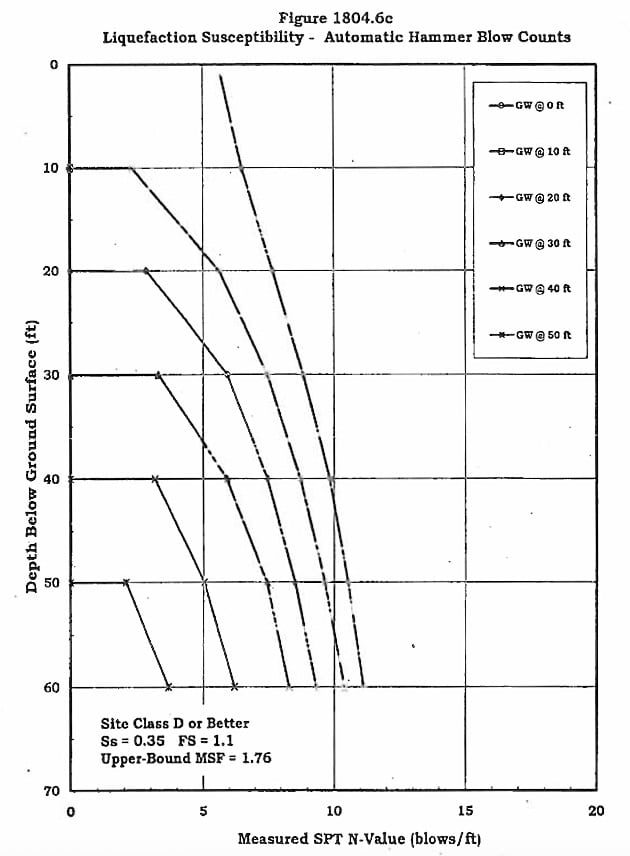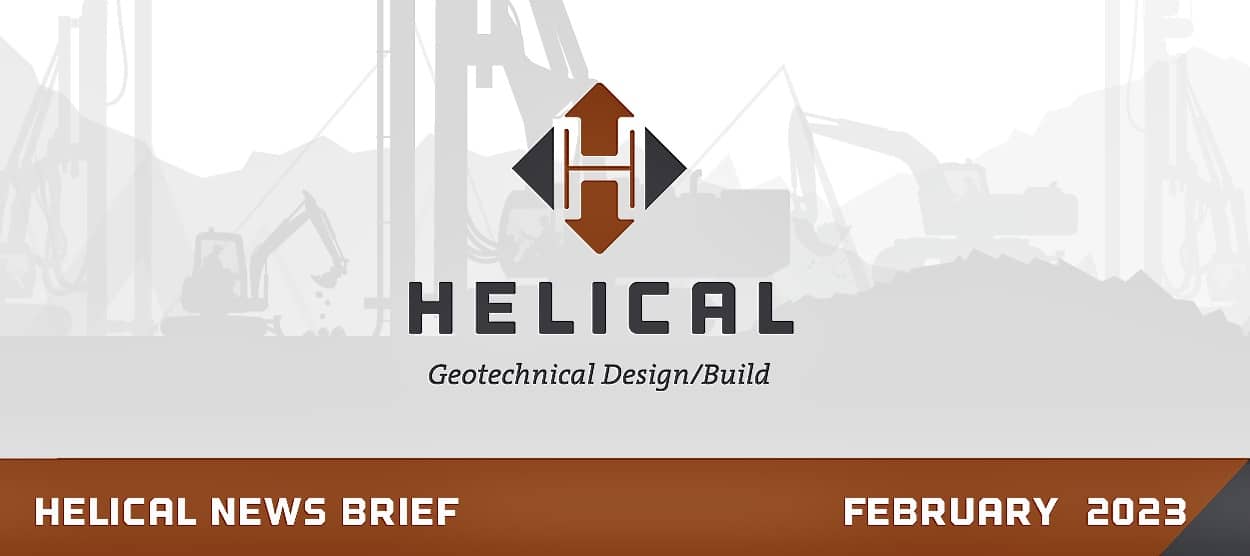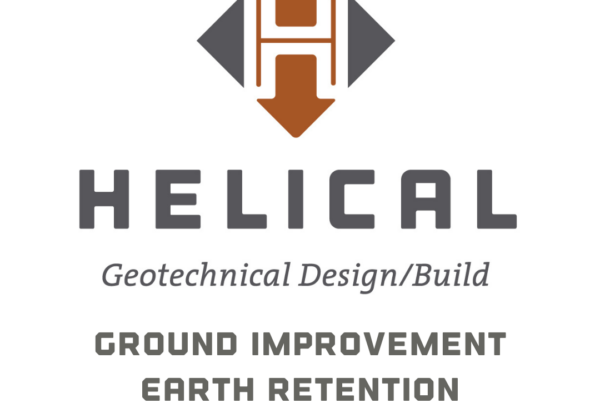Simply stated, soil liquefaction occurs when saturated soil loses shear strength during a seismic event. Soil liquefaction can lead to excessive settlement of soil-supported structures such as buildings, tanks, and walls. Even if the soil does not liquefy, substantial seismic settlement may still occur. Soil liquefaction and/or seismic settlement are sometimes identified in geotechnical reports as issues that require further analysis or possible mitigation with ground improvement. Below are three common questions (with answers!) that we receive from local geotechnical engineers regarding the use of Geopier® Rammed Aggregate Pier® (RAP) elements for liquefaction and seismic settlement mitigation.
QUESTION #1: I plotted SPT N-values on Figure 1804.6 of the Massachusetts State Building Code and it is indicating that the site may have a liquefaction issue. Should I recommend RAPs?

Figure 1804.6c of the Massachusetts State Building Code, 9th Edition, Chapter 18 (Note Figure 1804.6c is for an Auto Hammer)
Answer: Possibly, but further evaluation is likely more appropriate before making that recommendation. Figure 1804.6 of the MA Building Code is a conservative starting point in identifying possible liquefaction issues, but it is not intended to be a definitive “last stop”. If the figure indicates a possible liquefaction issue, the next step would be to perform a site-specific liquefaction evaluation using accepted design practices such as those published by Boulanger and Idriss (2016)1. Sometimes the site-specific evaluation indicates that liquefaction is not really an issue and does not need to be mitigated with ground improvement. However, if your evaluation does indicate a possible liquefaction or seismic settlement issue, we would be happy to review the evaluation and discuss possible solutions.
QUESTION #2: If I am recommending RAPs for settlement control enhancement due to a common unsuitable soil issue (such as undocumented fill), and I also have a separate liquefaction concern, will the resulting RAP solution be the same? In other words, are the project team and Owner “covered” for liquefaction because I am already recommending RAPs for settlement control?
Answer: No, not typically since settlement control mechanics are different than liquefaction mitigation mechanics. RAP designs for settlement control are focused on reducing soil compressibility locally with tightly spaced RAPs in high contact stress areas (such as below footings) and more widely spaced RAPs in low contact stress areas (such as below slabs). RAP designs for liquefaction mitigation sometimes require more global treatment with RAPs that are deeper, more closely spaced, and sometimes extending beyond the building footprint. As such, the resulting costs for the liquefaction mitigation solutions are often higher (sometimes much higher) compared to more common settlement control solutions. The degree to which the two solutions/costs are different is project specific. So, if liquefaction mitigation is identified as a real need based on a site-specific evaluation (see Q&A #1 above), it is important to specify design values and performance requirements specific to liquefaction mitigation, including the following at a minimum:
- Design earthquake Magnitude (M) and peak ground acceleration (pga).
- Design factor-of-safety.
- Depth/elevation interval(s) for the liquefiable zone(s) that require mitigation.
- Post-liquefaction settlement performance requirements… which are likely different than static settlement performance requirements (see Q&A #3 below).
QUESTION #3: Should post-liquefaction settlement performance requirements be the same as typical/static settlement control performance requirements (such as ≤1” total and ≤1/2” differential)?
Answer: They could be, but it is often not practical since the cost of installing ground improvement to meet tight structural settlement tolerances can be excessively high. Since design earthquakes generally have a relatively low probability of occurrence (such as once in about 2,500 years, for example), project teams often elect to specify liquefaction mitigation for life-safety requirements with the understanding that life safety will be protected but structural repairs (or replacement) may be required. Ultimately, this is an Owner risk-reward decision based on consultation with the project geotechnical and structural engineers and various factors such as building occupancy and use (hospital vs. retail for example) and Owner risk tolerance. We are happy to help navigate those conversations with cost options so the Owner is in an informed position prior to making decisions.
1 Boulanger, R.W. and Idriss, I.M. (2016), “CPT-Based Liquefaction Triggering Procedure”, ASCE Journal of Geotechnical and Geoenvironmental Engineering, Volume 142, Issue 2



